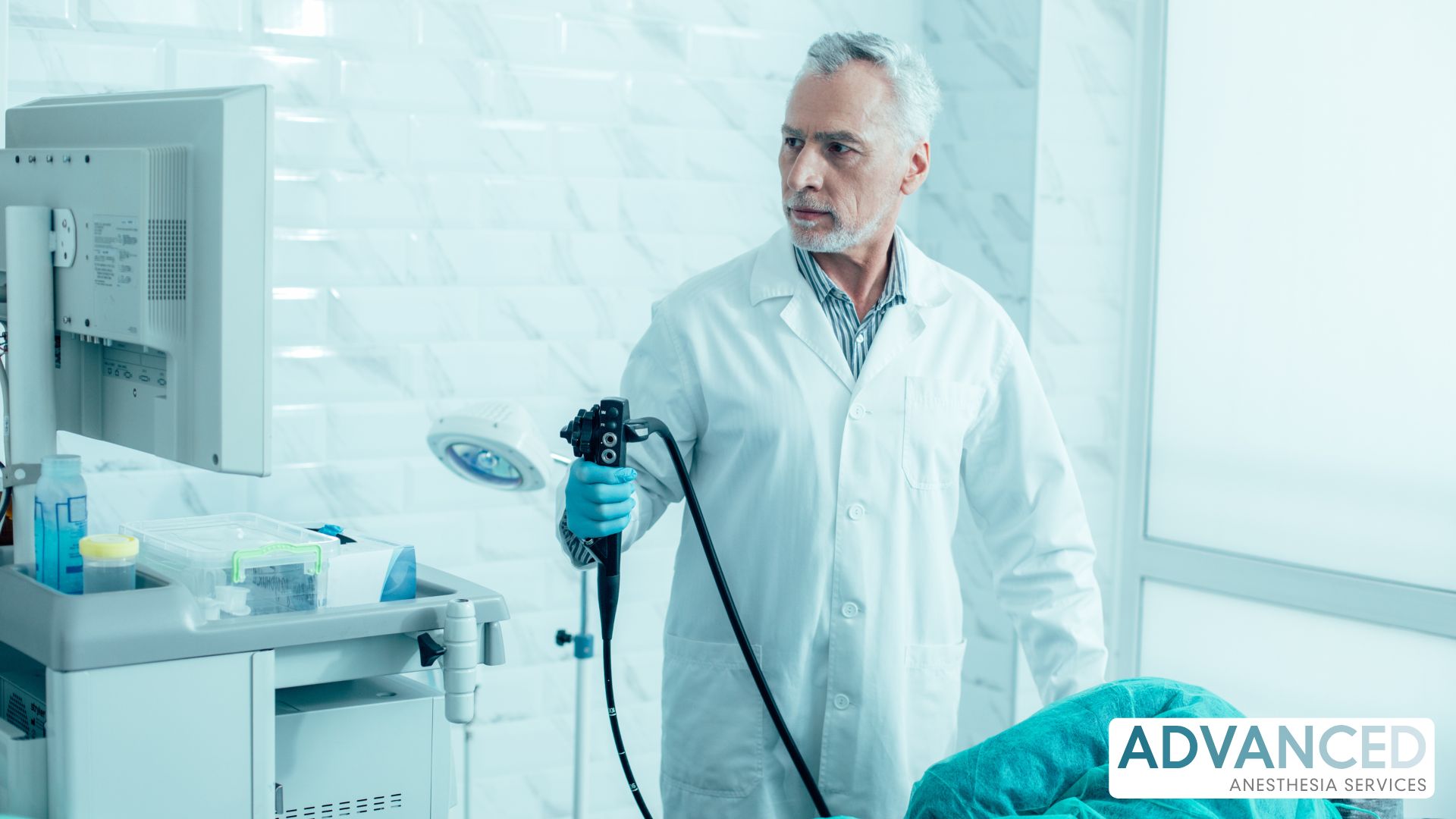
Increased demand for colorectal cancer screenings, fueled by updated guidelines and pandemic-related backlogs, has strained many endoscopy centers. Surprisingly, the limiting factor is often not the availability of rooms or scopes, but sedation staffing. In models where the endoscopist administers moderate sedation, procedural efficiency is reduced and potential case volume goes unfulfilled. This article explores how Certified Registered Nurse Anesthetists (CRNAs) can significantly expand throughput and improve clinical and financial performance in endoscopy settings.
In traditional workflows, the endoscopist performs both the colonoscopy and sedation management, including administering midazolam and fentanyl, monitoring vitals, and transitioning the patient to recovery. Each case may lose two to three minutes due to this divided attention. Multiplied across 25 to 30 daily procedures, this results in nearly an hour of lost time per day—enough to perform several additional screenings.
Screening volumes tend to peak in the spring and fall due to public health initiatives and payer incentives. These seasonal surges often create waitlists of several weeks, which can result in patient attrition and increased administrative burden from rescheduling.
To meet demand, some centers expand operating hours into evenings or weekends. This strategy introduces overtime wages, staff fatigue, and burnout, without addressing the root limitation in sedation workflow.
When a CRNA provides monitored anesthesia care, the endoscopist can remain fully focused on the procedure itself. In a two-room setting, the CRNA can begin sedation and IV placement in one room while the endoscopist completes the previous case in another.
This parallel workflow saves approximately five minutes per case. Over a typical day of 24 procedures, that time gain can translate to an additional 120 minutes, effectively accommodating four more colonoscopies without extending the clinical schedule.
The average commercial reimbursement for a screening colonoscopy, including both the global and professional components, ranges from $650 to $850. By adding four extra cases per day across 220 working days per year, a center can generate over $650,000 in additional gross revenue annually.
Additional costs include CRNA compensation, propofol usage, and potentially increased recovery staffing during the ramp-up period. Despite these expenses, endoscopy centers that implement CRNA coverage routinely report a net margin increase of $250,000 to $350,000 per room per year once the model is fully operational.
The CRNA begins patient prep and sedation in one room while the endoscopist completes the procedure in another. This ensures smooth transitions and minimal room idle time.
Routine use of capnography allows early detection of hypoventilation, enabling precise propofol titration and quicker recovery times.
Discharge can typically occur 15 to 20 minutes after the procedure, provided patients meet Aldrete recovery scores of 9 or above and demonstrate stable vital signs.
Track operational data such as first-case start times, room turnover, recovery duration, unplanned admissions, and patient satisfaction. Dashboards that update these metrics regularly can help identify trends and areas for improvement.
While some express concern over the cost of propofol, the expense is minimal—approximately one to two dollars per case—especially compared to the revenue generated from increased case volume.
Some providers worry that delegating sedation might complicate the schedule. In practice, CRNA-led sedation often improves schedule adherence by allowing the endoscopist to remain focused on procedural tasks, reducing delays and minimizing intra-day backlogs.
Many payers already recognize CRNAs for monitored anesthesia care billing. With a complete credentialing packet that includes licensure, board certification, and ACLS documentation, onboarding can typically be completed within four to six weeks.
Integrating CRNA sedation coverage is a high-impact strategy for increasing endoscopy capacity without requiring new facilities or equipment. It enhances patient throughput, reduces staff fatigue, and improves financial performance. With thoughtful planning and execution, CRNA integration can transform the efficiency and scalability of any GI service line.
Facilities considering a pilot program or seasonal expansion should consult with experienced anesthesia partners. Advanced Anesthesia Services offers credentialed CRNAs, onboarding support, and performance audits designed to align sedation models with operational goals.

